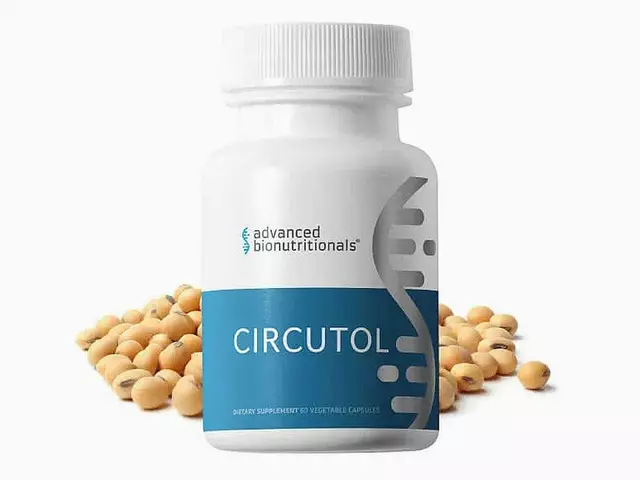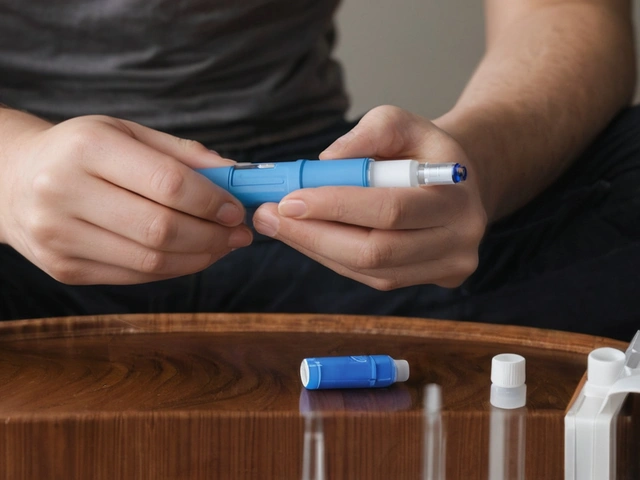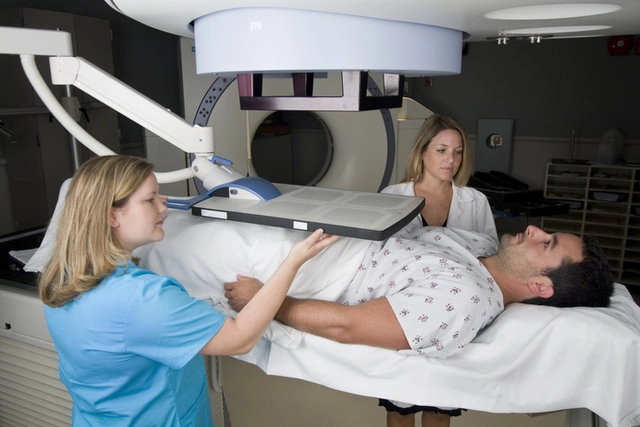Arthritis pain relief: practical ways to ease joint pain
Joint pain can stop you from doing things you enjoy. You don’t need to accept constant ache. Try simple, proven steps first and see what works for your body.
Fast at-home fixes
Cold cuts swelling and sharp pain after activity; use an ice pack for 10–15 minutes. Heat relaxes tight muscles and helps stiffness—try a warm pad before movement. Alternate ice and heat depending on what feels better.
Topical options are worth trying: gels or creams with diclofenac or menthol often reduce pain where you apply them and avoid many drug interactions. Over-the-counter pills like ibuprofen or naproxen help short-term, but don’t use them daily long-term without checking with your doctor. Acetaminophen can ease mild pain but doesn’t reduce inflammation.
Simple aids—knee sleeves, wrist braces, or a cane—take pressure off painful joints and make daily tasks easier. Even small changes like using a long-handled shoehorn or rubber jar-openers reduce strain.
Long-term plans and medical options
Move regularly. Low-impact exercise—walking, cycling, water aerobics—keeps joints lubricated and builds muscle that supports them. Work with a physical therapist for a short program tailored to your joints and limits.
Lose even a few pounds if you can; each pound lost reduces knee joint load and often cuts pain. Focus on protein and veggies, and add strength sessions twice a week to protect joints.
If pain remains, talk to your doctor about prescription options. For inflammatory arthritis (like rheumatoid arthritis) disease-modifying drugs are used to stop joint damage. For severe localized pain, doctors may offer steroid injections or prescribe medications for nerve-related pain—there are several alternatives to common drugs if side effects are a concern.
Supplements like glucosamine and chondroitin show mixed results—some people feel better, others don’t. Vitamin D matters for bone health; if you have bone issues, read about alfacalcidol (Alfacip) for more on how vitamin D analogs support bones.
Hands-on care—physical therapy, occupational therapy, and in some cases chiropractic treatment—can change how you move and lower pain. If surgery is suggested, get a second opinion and ask about recovery expectations.
Track what helps you. Keep a simple pain diary: note activity, treatments, and pain level. That record makes doctor visits more useful and helps you spot patterns fast.
Want deeper reads? Check our guides on bone support (Alfacip), nerve pain options (Top 6 Neurontin Alternatives), and back-focused care (Chiropractic Care: Relief for Your Backache). If pain spikes or you get new symptoms—fever, sudden swelling, numbness—see a clinician right away.
Small changes add up. Start with one thing today—ice after activity, a short walk, or a brace—and build a plan that fits your life.





